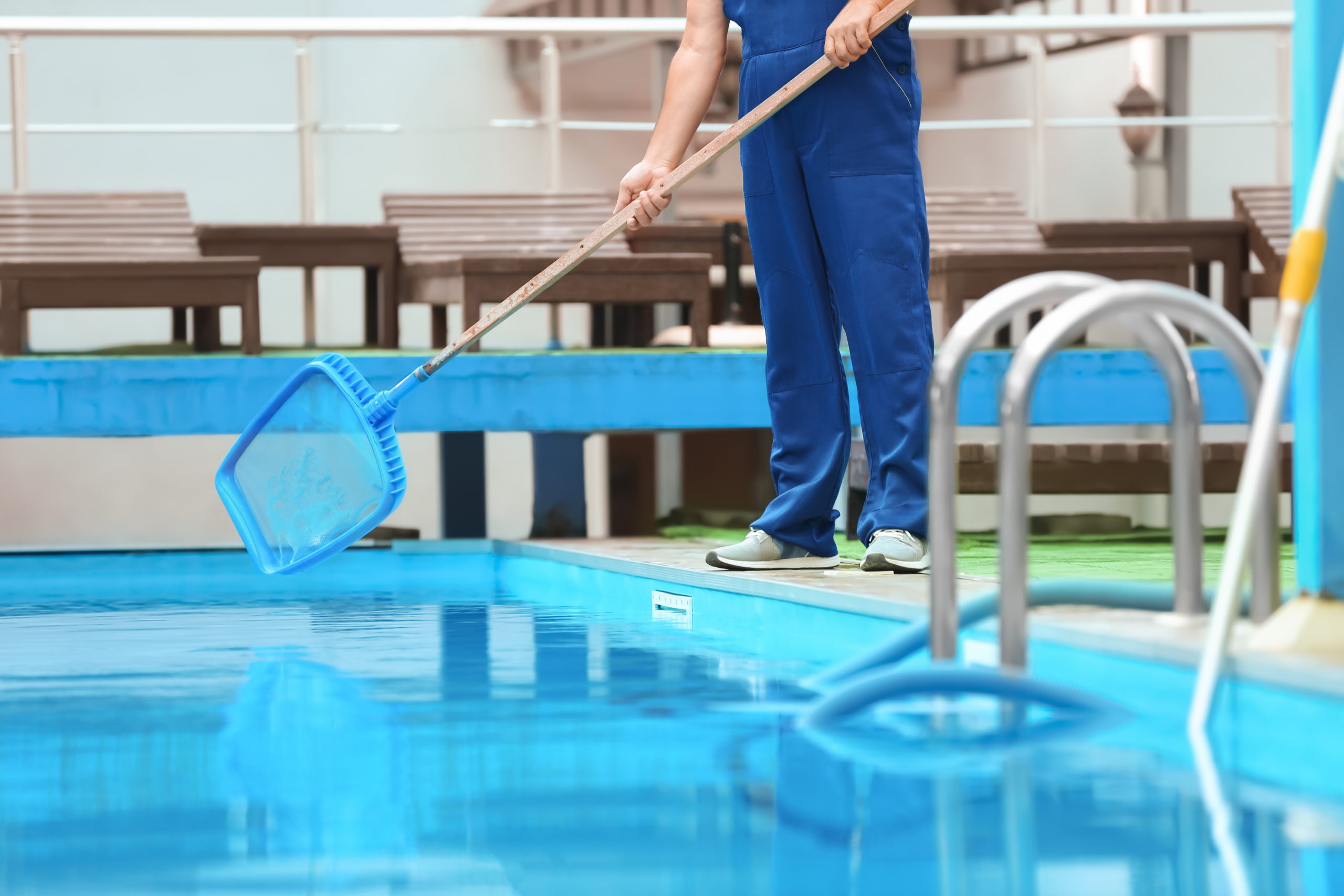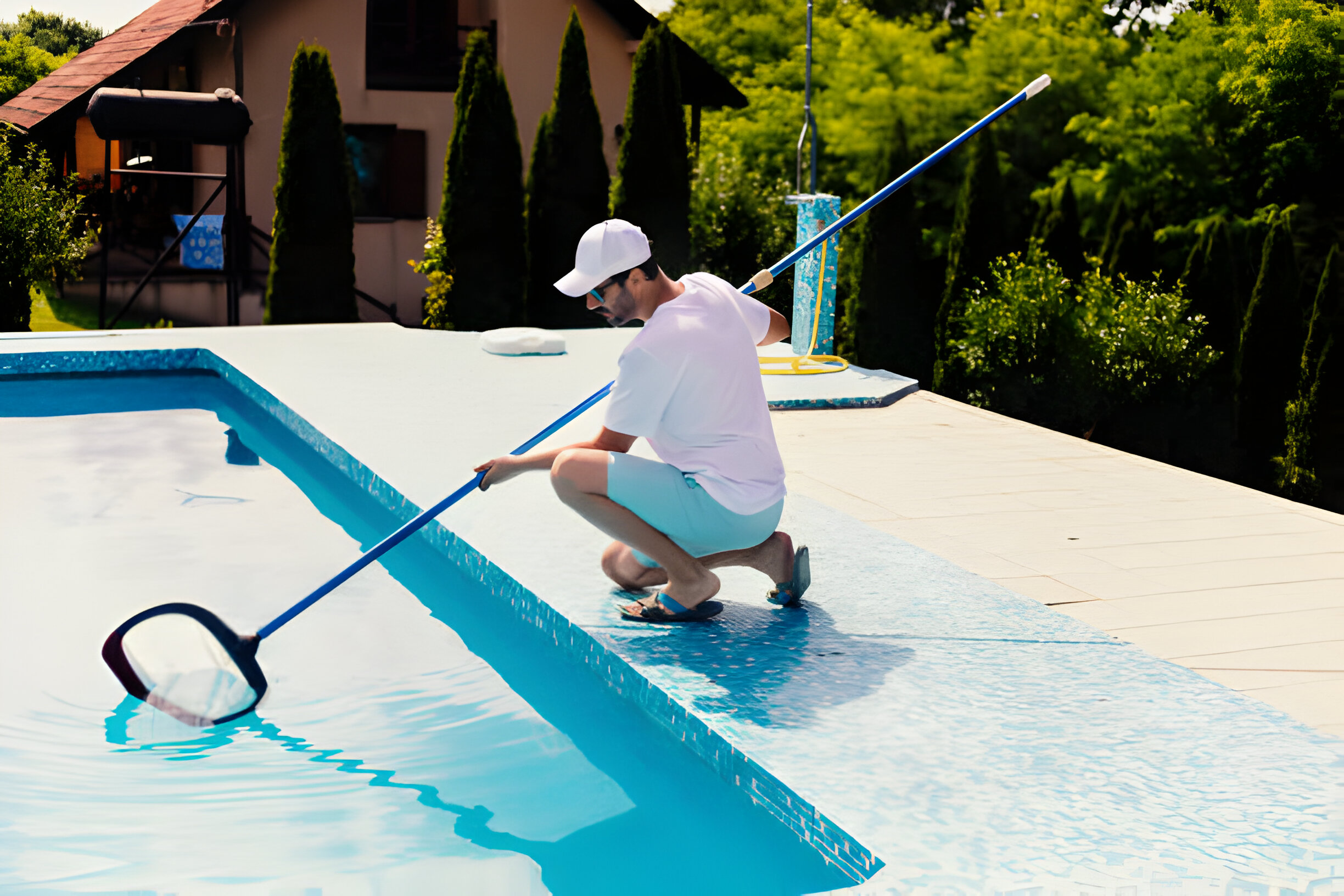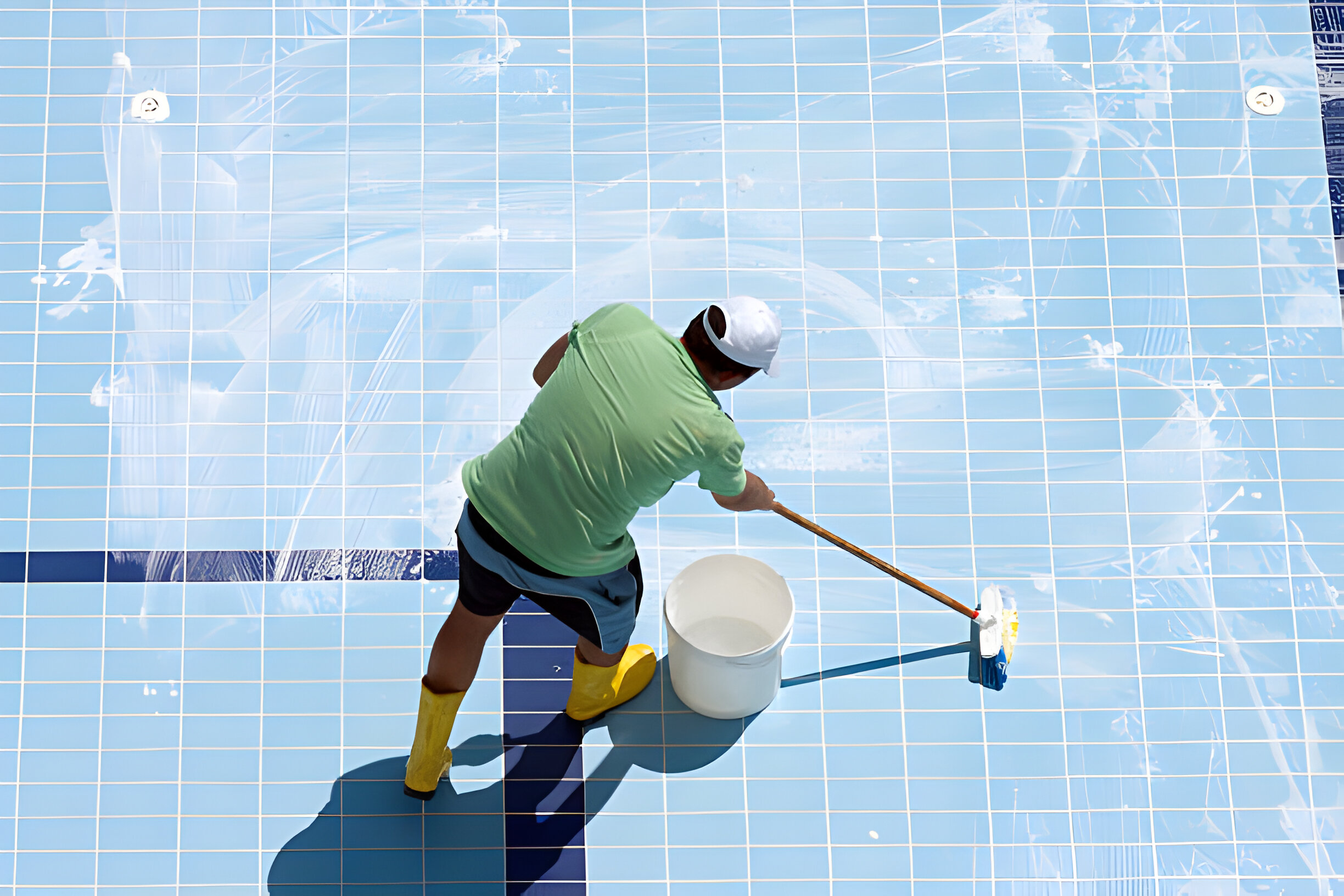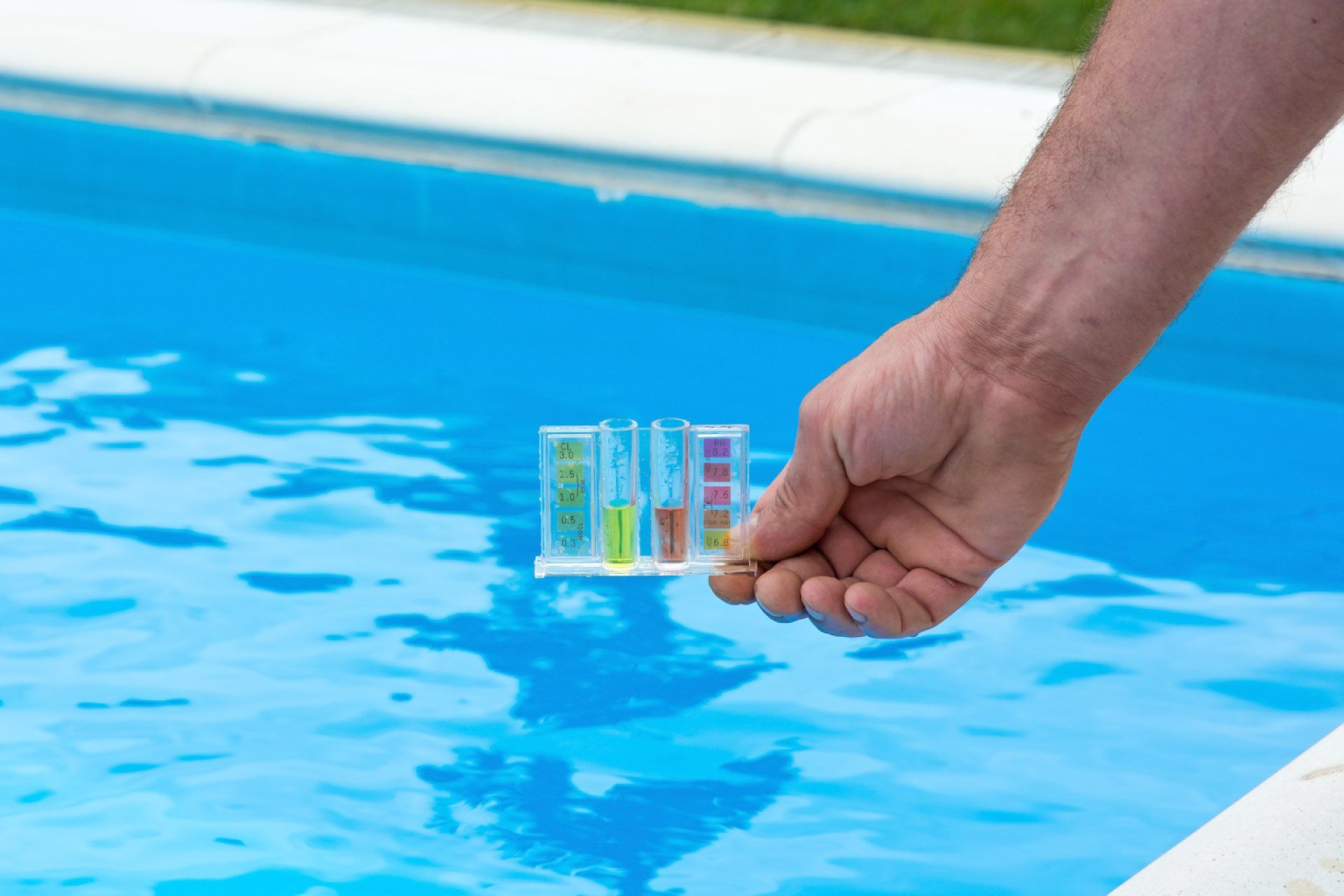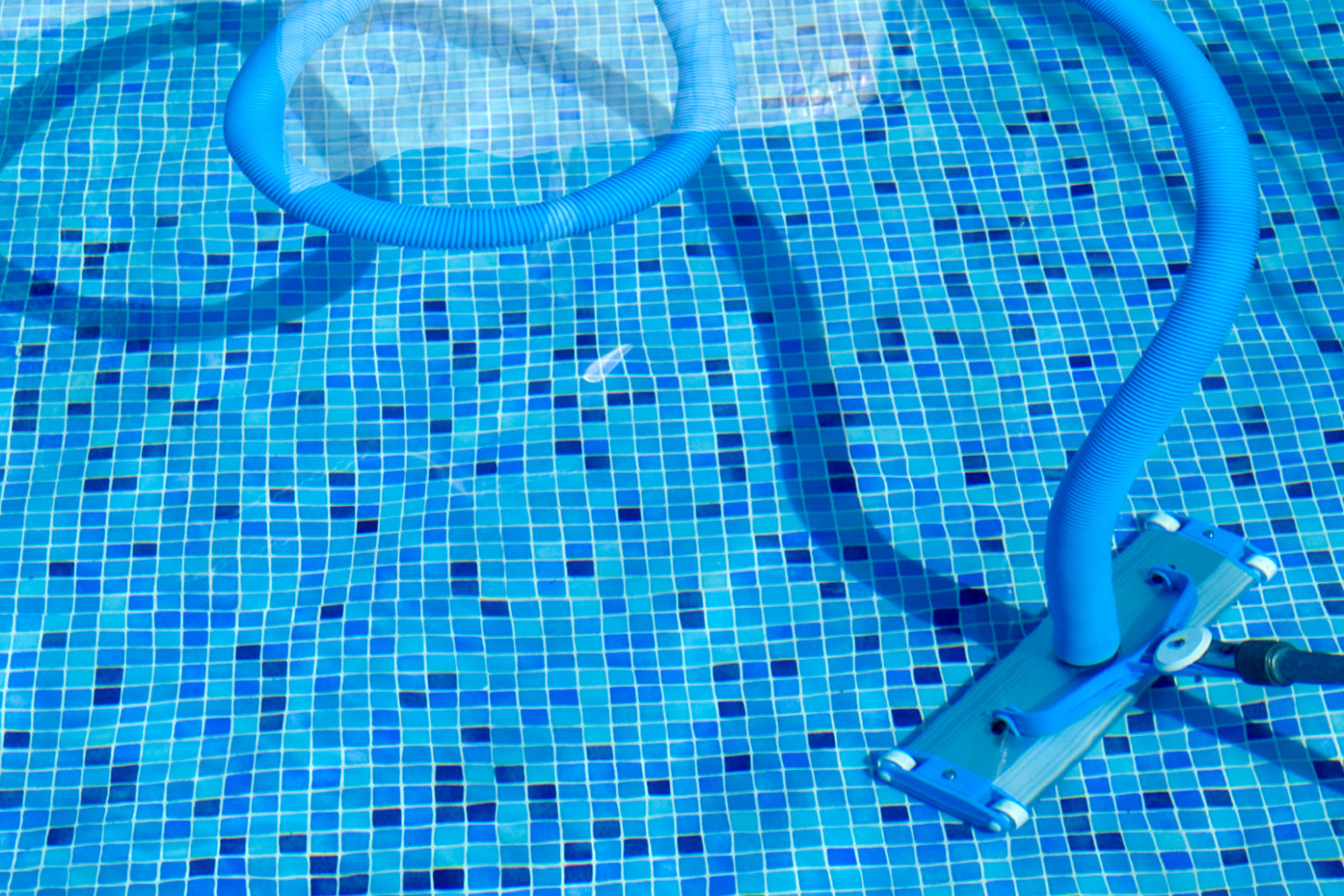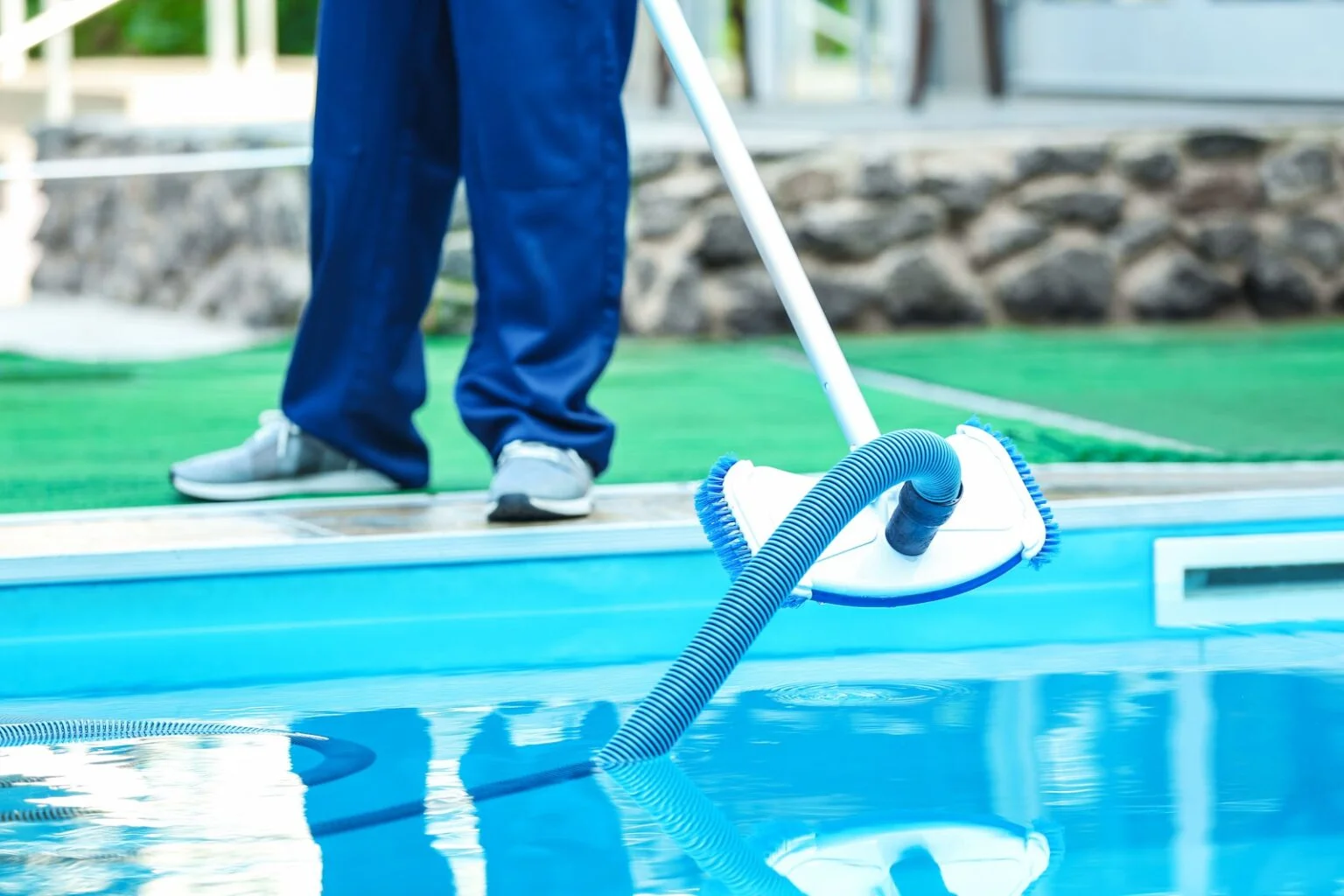
Introduction: A sparkling, crystal-clear pool is a joy to behold and a refreshing oasis on hot summer days. However, achieving and maintaining that pristine condition requires more than just occasional attention. Many pool owners inadvertently make mistakes in their cleaning routines, leading to water quality issues, equipment damage, and increased maintenance costs. This comprehensive guide will delve deeper into some of the most common pool cleaning mistakes and provide detailed insights and solutions to help you avoid them. By understanding and avoiding these pitfalls, you can ensure that your pool remains inviting, safe, and enjoyable for years to come.
- Neglecting Regular Skimming and Vacuuming:
One of the fundamental aspects of pool maintenance is regular skimming and vacuuming. However, it’s also one of the most commonly overlooked tasks. Leaves, insects, dirt, and other debris can accumulate on the surface and settle at the bottom of the pool, causing water to become cloudy and unsightly. Neglecting to skim the surface daily and vacuum the pool at least once a week can lead to clogged filters, reduced circulation, and an increased risk of algae growth. Establishing a routine of diligent skimming and vacuuming can effectively remove debris and prevent it from accumulating, ensuring that your pool water remains clear and inviting. - Imbalanced Chemical Levels:
Maintaining proper chemical balance is essential for ensuring the safety and comfort of swimmers and preserving the integrity of your pool equipment. However, many pool owners make the mistake of neglecting regular water testing or improperly balancing their pool chemicals. This can result in a host of problems, including algae blooms, pH fluctuations, skin and eye irritation, and even damage to pool surfaces and equipment. To avoid these issues, it’s crucial to regularly test your pool water using a reliable test kit and adjust chemical levels to ensure they fall within the recommended range. Properly balanced water not only enhances water clarity and comfort but also prolongs the life of your pool components and reduces the need for costly repairs. - Overusing or Misusing Pool Shock:
Pool shock is a powerful chemical treatment used to kill bacteria, algae, and other contaminants in the water. While it can be an effective tool for maintaining water clarity and sanitation, many pool owners make the mistake of overusing or misusing pool shock. Adding too much shock or applying it too frequently can lead to chemical imbalances, damage to pool surfaces, and even health risks for swimmers. It’s essential to follow the manufacturer’s instructions carefully when using pool shock and avoid adding it excessively. Additionally, shock treatments should be used as part of a regular maintenance routine rather than as a reactive measure to address water quality issues. Using pool shock judiciously and according to best practices, you can effectively sanitize your pool water without compromising its safety or integrity. - Ignoring Filter Maintenance:
The pool filter plays a crucial role in removing dirt, debris, and contaminants from the water, but it requires regular maintenance to function effectively. Unfortunately, many pool owners overlook filter maintenance, assuming their filter will continue operating optimally without intervention. However, neglecting filter maintenance can result in reduced filtration efficiency, poor water quality, and increased strain on your pool’s circulation system. To avoid this mistake, it’s essential to clean or backwash your filter regularly according to the manufacturer’s recommendations. Additionally, filter cartridges should be inspected periodically and replaced as needed to ensure optimal performance. By properly maintaining your pool filter, you can prolong its lifespan, improve water clarity, and reduce the likelihood of costly repairs or replacements. - Allowing pH Drift:
pH drift, or fluctuations in the pH level of the pool water, can occur due to various factors, including rainfall, sunscreen, and the presence of swimmers. Ignoring pH drift can lead to a range of issues, including corrosion of pool equipment, skin, and eye irritation, and reduced effectiveness of pool chemicals. To prevent pH drift and maintain optimal water balance, it’s essential to test your pool water regularly using a reliable pH test kit and adjust the pH level as needed using pH increaser or decreaser. Keeping your pool’s pH within the recommended range ensures that your water remains safe, comfortable, and free from potential hazards.
Conclusion:
Maintaining a clean and healthy pool requires diligence, attention to detail, and a proactive approach to maintenance. By avoiding the common pool cleaning mistakes outlined in this guide and implementing best practices for pool care, you can enjoy a sparkling, inviting pool all year round. Remember, proper pool maintenance is essential for water quality and safety, preserving the longevity of your pool equipment, and minimizing maintenance costs over time. With the right knowledge and proactive approach, you can ensure that your pool remains a source of enjoyment and relaxation for you and your family for years to come.
Post a comment Cancel reply
Related Posts
Top 10 Money-Saving Pool Cleaning Tips for Long-Term Care
Maintaining a sparkling clean pool doesn’t have to break the bank. With the right pool…
Pool Maintenance Costs: Budget-Friendly Solutions for Pool Owners
Owning a pool is a luxury, but it comes with responsibilities, including regular upkeep to…
How to Clean a Pool: Top 10 Ideas for Pool Owners
Keeping your pool in pristine condition is crucial for both enjoyment and safety. Proper maintenance…
Understanding Pool Water Chemistry: A Beginner’s Guide
Introduction: Embarking on the journey of pool ownership brings with it the responsibility of maintaining…
 Demos
Demos  Colors
Colors 
 Docs
Docs  Support
Support 













